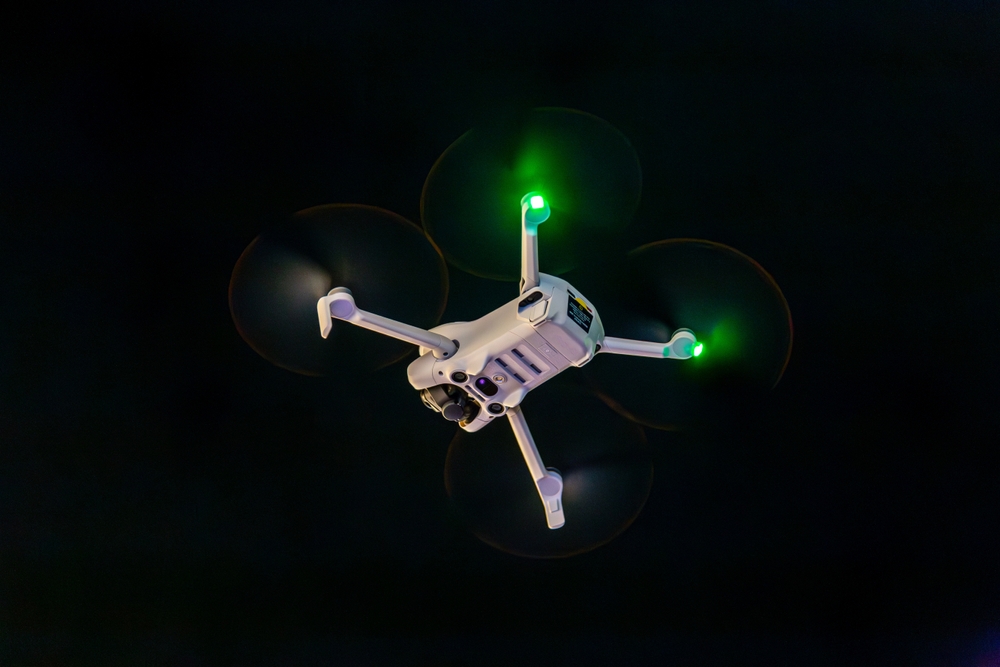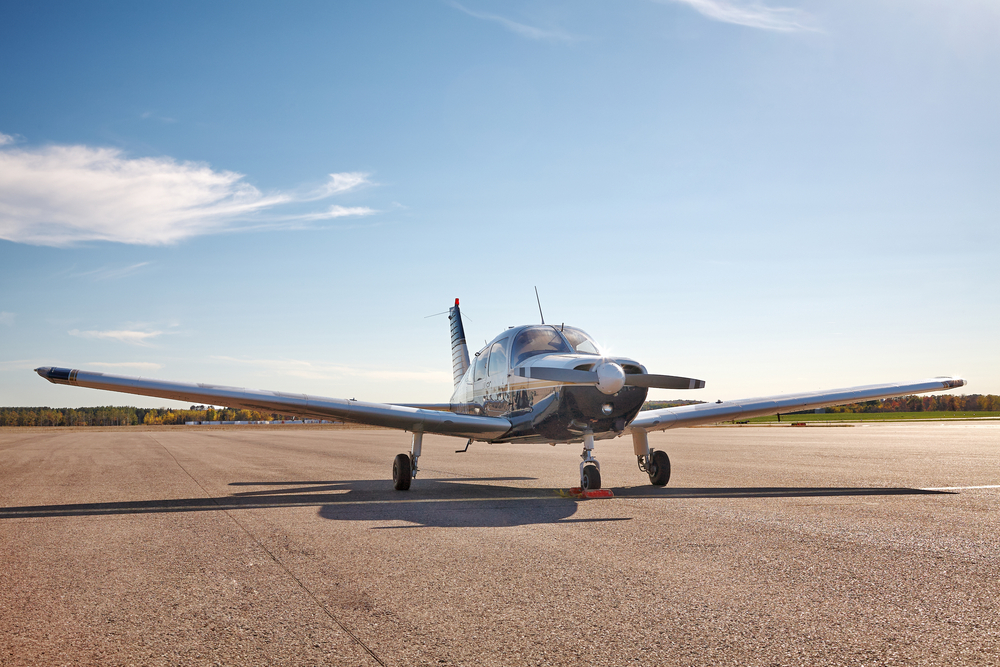Curious about how UAVs appear after dark? Learn all about nighttime visibility, lights, and flight behavior in our complete drone guide.
Table of Contents
What Does a Drone Look Like at Night?

When observing a drone at night, various factors influence its appearance. The lights, design, and operational mode of the drone all contribute to what you see.
Lights on a Drone
Drones are typically equipped with LED lights for various purposes. These lights help with visibility, navigation, and compliance with aviation regulations.
- Navigation Lights: Drones often have red and green lights on their limbs or arms. The red light usually indicates the left side (port), while the green light marks the right side (starboard). A forward-facing white light may indicate the front of the drone.
- Anti-Collision Lights: Blinking or strobing white lights are often used to increase visibility. These lights help ensure that the drone is visible to other aircraft and observers on the ground.
- Indicator Lights: Some drones have lights that show the status of various functions. For example, slow blinking lights might indicate the drone is operating normally, while rapid blinking might indicate an issue.
Drone Dimensions and Structure
Drone size varies, and this affects its visibility at night.
- Small Drones: These might be difficult to spot from a distance. They typically have a minimalist design, with four motors and a compact body.
- Medium Drones: These are more noticeable. Their lights are often brighter, and their size makes them easier to observe.
- Large Drones: Larger drones, including those used for commercial purposes, are equipped with powerful lights and have a bulkier structure. Their larger size and brighter lights make them highly visible even from afar.
Movement Patterns
The way a drone moves at night also contributes to its appearance.
- A drone hovering in one spot might look like a stationary blinking object in the sky. Its lights create a steady glow or pattern.
- During flight, drones can create streaking light patterns due to their lights moving quickly through the air.
- Smooth and controlled movements might look like a choreographed light show, while rapid or erratic movements could make the drone look like a pulsating or flashing object.
Environmental Factors
External conditions also play a role in how a drone looks at night.
- Weather Conditions: Fog or rain can obscure the lights on a drone. Drones flying in clear skies are more visible.
- Ambient Lighting: Urban areas with significant light pollution may make it harder to spot drone lights. Conversely, drones are easier to observe in rural or low-light environments.
Common Misinterpretations
People often mistake drones for other objects in the night sky.
- Aircraft: Due to their lights, drones are sometimes confused with small aircraft. The distinct movement patterns can help differentiate them.
- Stars and Planets: A stationary drone with blinking lights may be mistaken for a star or planet, especially when observed from a distance.
- UFOs: Unusual flight patterns and lights may lead some to think they are unidentified flying objects. However, understanding drone behavior can clarify these sightings.
Regulations and Safety
Finally, regulations often require drones to use specific lighting for safety and visibility. Compliance ensures drones are easily identifiable at night.
- Pilot knowledge of drone lighting is crucial for safe operations.
- Following regulations helps prevent accidents and misunderstandings.
Conclusion: Drone Guide
This comprehensive drone guide explains how UAVs appear at night, focusing on LED lighting, movement patterns, and environmental factors. Drones use red, green, and white navigation and anti-collision lights for visibility and safety. Their size, structure, and flight behavior affect how they’re seen after dark.
The drone guide also addresses common misinterpretations—such as mistaking drones for aircraft or UFOs—and emphasizes the importance of regulations for safe nighttime drone operations.
